It’s often only when you leave a big city that you realise how noisy it is. The problem is that not only do most of us live in big cities in Australia but they’re also often the most low impact places to live. Being able to live close to where you work and play reduces driving and allows for more use of walking, cycling and public transport. With smart application of sound insulation you can also make your home a quiet sanctuary in the middle of a noisy city.
Windows
- The seal around the edge of the windows is very important. Gaps will let enormous amounts of sound through.
- Double windows with a separation between panes of circa 100mm is optimum. This will outperform traditional double glazing where separation is more commonly circa 12mm.
- Where two panes are used they should be of different thicknesses – e.g. 1 x 6mm and 1 x 10mm. The different thicknesses each block different sound frequencies.
- Laminated glass offers greater sound insulation than non-laminated.
- Consideration must be given to access for cleaning both surfaces where double windows are used, as should the ability to install flyscreens.
- Whilst not as effective as double glazing, double windows do offer thermal insulation benefits.
- Double windows automatically provide a thermal break allowing for two lower cost / simple window frames tog be used (ie no built in thermal break is required).
Australian companies specialising in double window systems
Ceilings
- Sound is highly directional and hence ceilings are most critical when unwanted noise is coming from above (e.g. aircraft noise).
- For new homes or renovations install a second layer of gyprock on the ceiling.
- In addition to or in place of standard thermal insulation us an acoustic specific variant. These are more effective at blocking noise via higher densities, for example:
- Where insulation is laid directly over the ceiling and additional insulation can be installed immediately below the outer skin. For example in a colourbond roof glasswool above a layer of blueboard provides for additional acoustic insulation.
Walls
- New builds – heavy thermal mass is critical to effectively blocking sound. Consider products such as:
- Formcraft’s FormPro – insulated concrete wall system.
Ventilation
- A home that is both thermally and acoustically insulated will be relatively airtight and so both getting fresh air in and ensuring unwanted noise does not enter via mandatory bathroom and kitchen exhaust points becomes an important consideration.
- Baffles and and indirect routing of exhaust egress points must be installed.
- Air exchange systems should also be considered.
- These systems are relatively uncommon in Australia and hence assistance should be sought in their design and installation. Companies include:
- Ventilation fans

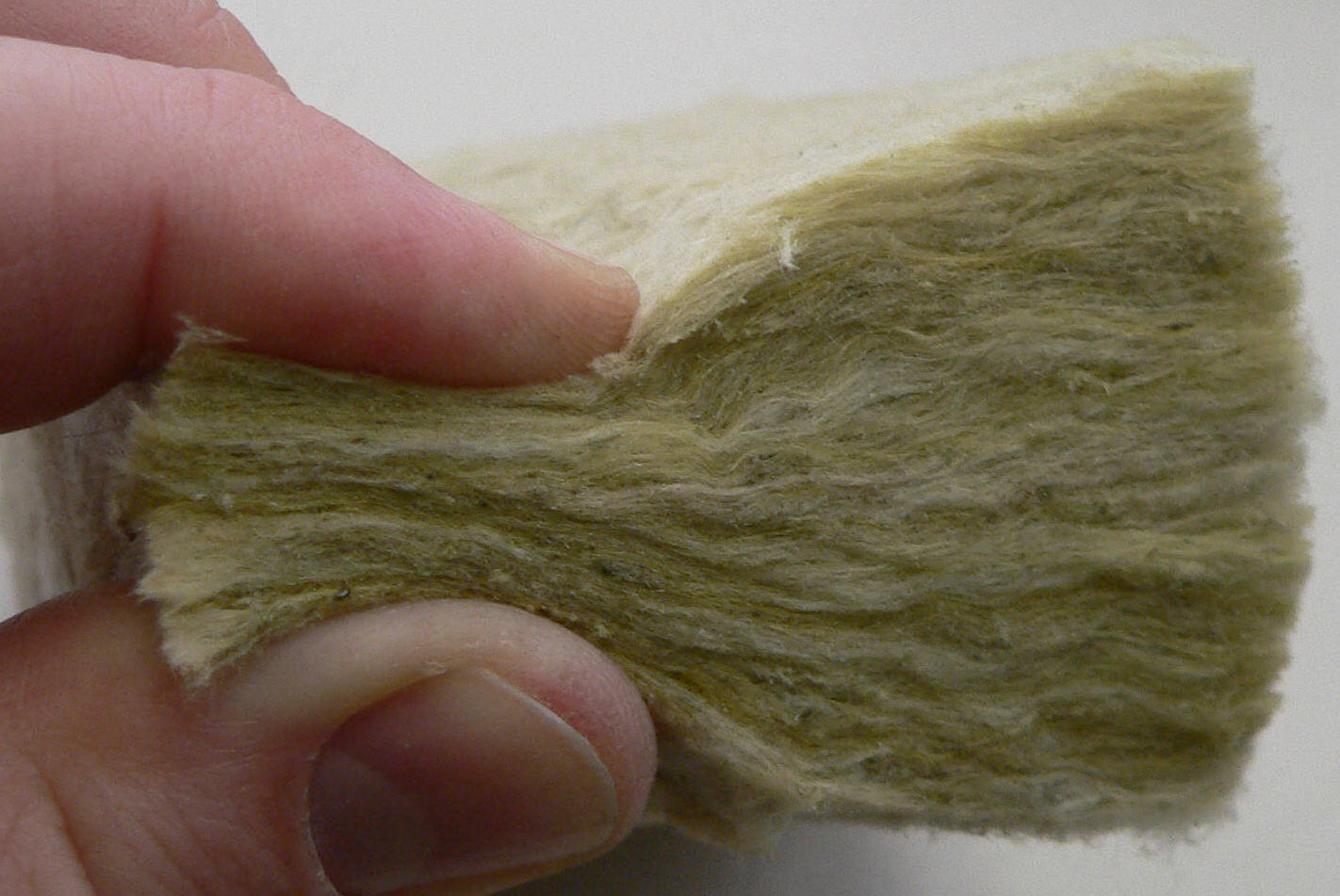

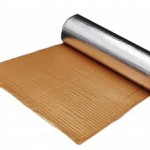

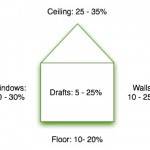
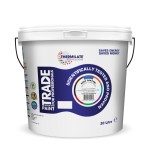
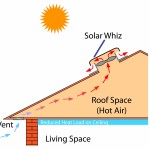
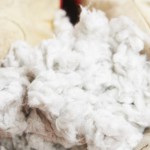
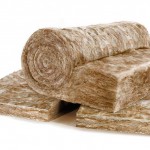
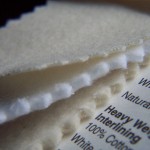
Respond to Noise and Sound Insulation